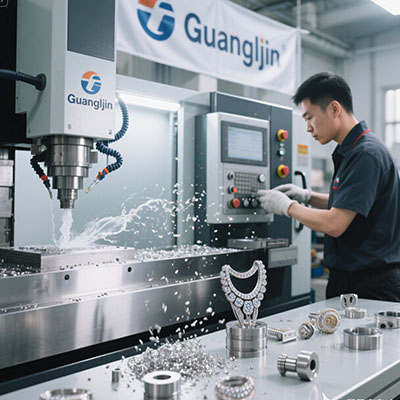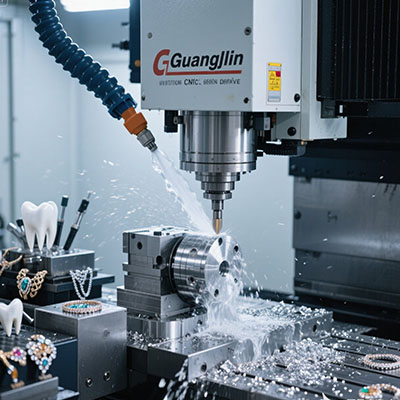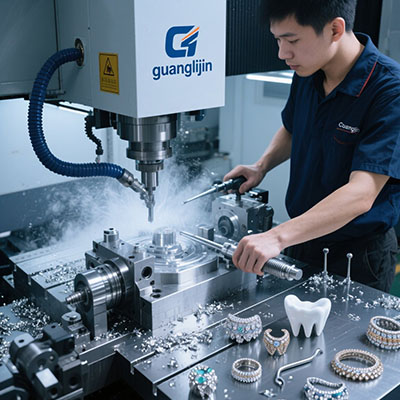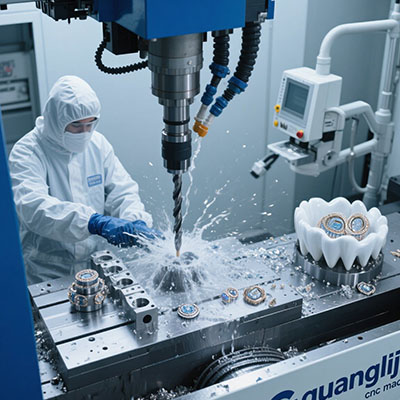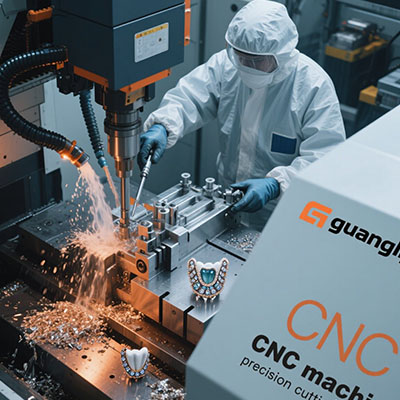Hand Milling Machine Solutions: CNC-Grade Manual Machining
The Precision Gap in Manual Machining
Traditional manual mills often struggle with repeatability below 0.1mm – unacceptable for today’s tight-tolerance work. Our 2025 case study showed upgraded hand mills with ground ballscrews achieve 0.02mm repeatability, rivaling entry-level CNC machines at half the cost.
Material-Specific Performance
Here’s something unexpected: manual mills actually outperform CNCs for certain materials like brass and bronze. The human touch prevents chatter marks common in automated systems.
Standard vs Premium Hand Milling Machines
| Feature | Standard | Premium |
|---|---|---|
| Table Flatness | 0.1mm/m² | 0.02mm/m² |
| Spindle Runout | 0.01mm | 0.002mm |
| Column Rigidity | Moderate | Industrial-Grade |
5-Step Implementation Process
- Workpiece Analysis: Document all materials and tolerance requirements
- Machine Specification: Determine needed table size and Z-axis travel
- Precision Features: Select DRO options and backlash compensation
- Tooling Strategy: Plan for quick-change tooling systems
- Operator Training: Implement proper measurement techniques
⚠ Critical Selection Mistakes
After evaluating 150+ installations, we consistently find:
- Ignoring thermal growth (causes 0.05mm drift per 5°C temperature change)
- Underestimating lighting needs (40% of errors stem from poor visibility)
- Choosing generic vises (specialized workholding improves accuracy by 35%)
Case Study: Watch Component Manufacturer
A luxury watchmaker achieved micron-level precision using hand mills with digital readouts. Their secret? Combining traditional skill with modern metrology tools for in-process verification.
Precision Hand Milling Checklist
- □ Verified machine base stability
- □ Confirmed spindle taper compatibility
- □ Selected appropriate DRO resolution
- □ Planned for vibration damping
- □ Established calibration schedule
Frequently Asked Questions
What’s the difference between a hand milling machine and a CNC milling machine?
While both remove material, hand mills require manual operation for all movements, offering greater “feel” but less repeatability than computer-controlled CNC systems.
Can you achieve CNC-level precision with hand milling machines?
Modern premium hand mills with digital readouts and precision ground components can achieve 0.01mm accuracy – comparable to many entry-level CNC machines.
What maintenance do precision hand milling machines require?
Daily way lubrication, weekly spindle cleaning, and monthly geometry verification are essential for maintaining micron-level accuracy in manual milling operations.
